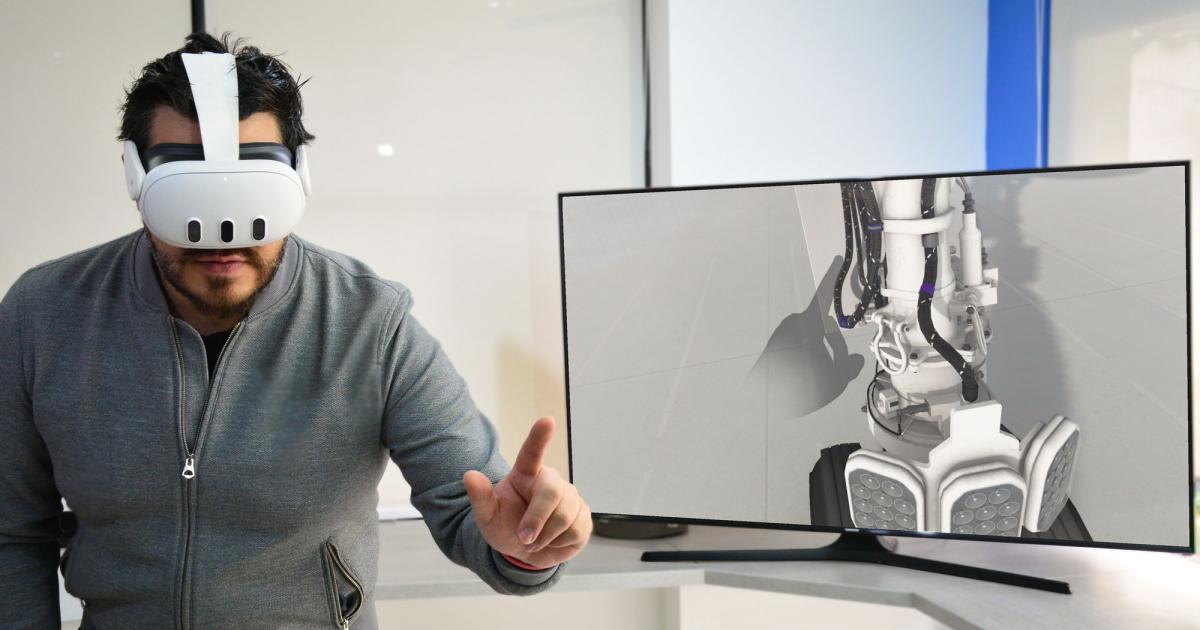CAE predicts an industry need for around 402,000 skilled aircraft maintenance, repair, and overhaul technicians over the next decade. In a newly published white paper, the company has made the case for a new approach to training that it said will both attract a younger generation of recruits and accelerate their training.
In the white paper, CAE and its partner Xennial make the case for deploying so-called extended reality technology to accelerate the development of new technicians. The technology encompasses augmented reality, giving a view of the physical world overlaid with digital elements, and virtual reality, offering an environment where physical and digital elements can interact, as well as a blend of both with mixed reality.
CAE recently trialed and implemented simulation with a new technician training program for the Gulfstream G500/600 and G650. “We have the ability to build a full digital twin of a Gulfstream aircraft at this point, with all the features of its physical twin,” explained Xennial CEO and founder Douglas Fajardo.
The virtual reality hardware now being deployed includes headsets and hand-tracking technology. According to CAE and Xennial, increased use of artificial intelligence is set to further expand the horizons for extended reality training.
“Aviation is one of the industries where the adoption of emerging technologies is accelerating,” commented Alexandre Prevost, CAE’s division president for business aviation and helicopter training. “Virtual reality, especially when it comes to aircraft technician training, is proving to be a high-value solution. One of the main reasons it is used in maintenance training is to lower the risks associated with traditional training methods.”
These risks include dependency on the availability of physical equipment and longer aircraft downtime. CAE also said virtual reality is more adaptable to new aircraft models, suitable for digital tracking and evaluation of trainees, and more cost-effective for repetitive practice of tasks.
Pointing to a 2020 PricewaterhouseCoopers study called Soft Skills Training Efficacy, the CAE white paper maintained that virtual reality training can be completed four times faster than classroom training, and in around a third less time than e-learning. This study, for which results were published in 2022, argued that virtual reality trainees were 275 percent more confident in applying skills as well as being more “emotionally connected” to the training content.
The application of maintenance training uses of extended and virtual reality is expanding and includes FlightSafety International, which offers virtual engine training with Pratt & Whitney Canada, and Rolls-Royce, which has developed virtual reality engine models where students can disassemble virtual engines on and off a virtual airplane.
CAE Embraces Extended Reality Technology










